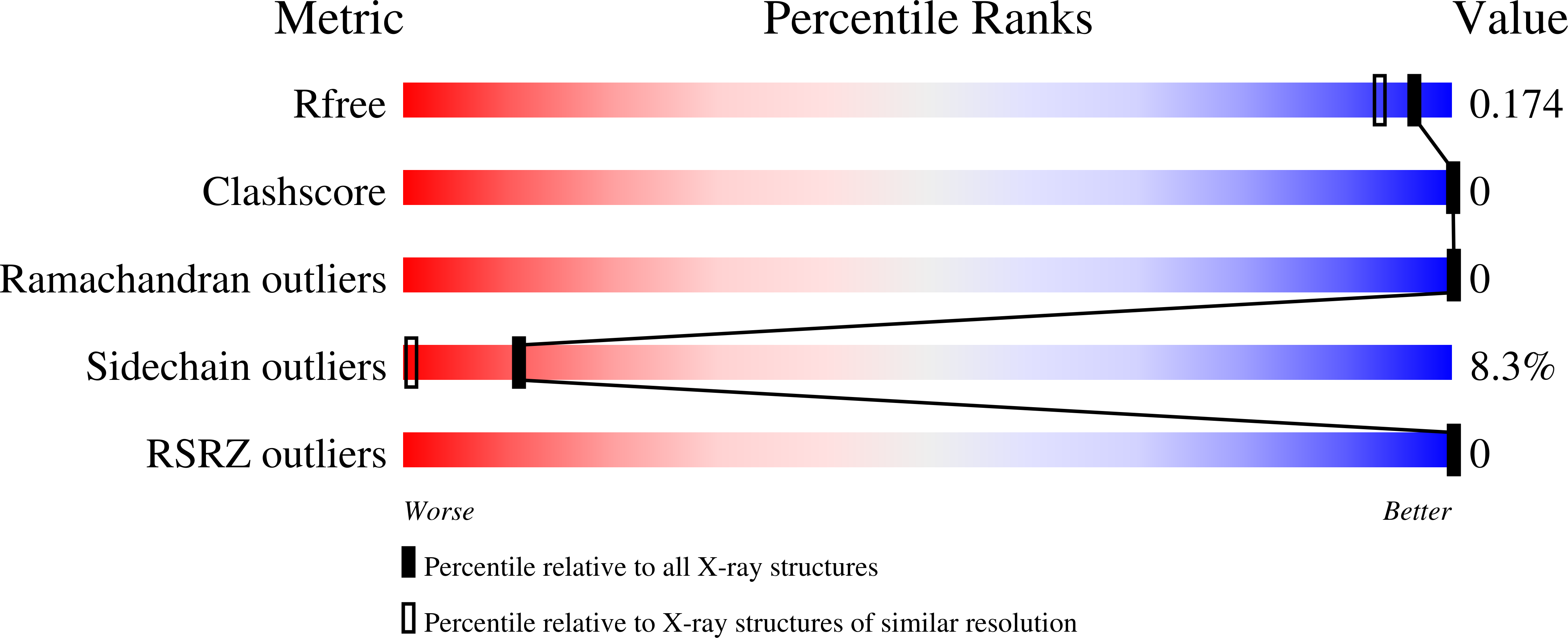
Deposition Date
2023-10-20
Release Date
2024-08-07
Last Version Date
2024-09-04
Entry Detail
PDB ID:
8QWW
Keywords:
Title:
Structure of the amyloid-forming peptide LYIQWL from Tc5b, grown from 10% ethanol without TFA
Biological Source:
Source Organism:
synthetic construct (Taxon ID: 32630)
Method Details:
Experimental Method:
Resolution:
1.50 Å
R-Value Free:
0.17
R-Value Work:
0.13
R-Value Observed:
0.13
Space Group:
P 1 21 1


